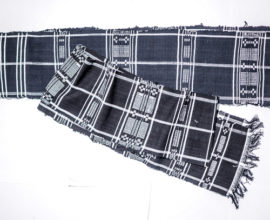Major craftsmanship, which exists as a testimony to a flourishing Cape Verdean industry in the first century of colonization, the cloth, the typical fabric now more commonly known as earthen cloth, have produced in handmade looms in narrow and long bands: currently is used for decorative garments, handbags and other artefacts, but has already played an important role not only in local garments but also in the Cape Verde trade with the outside world. In Santiago, in addition to earthen cloth, produces useful terracotta objects, decorative pieces in coconut, bags of sisal bag, baskets (liquors).
Craftsmanship in Cape Verde
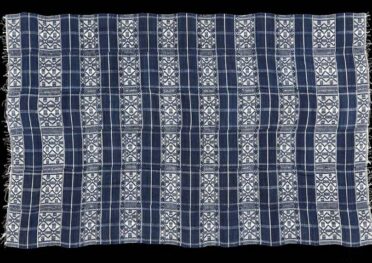
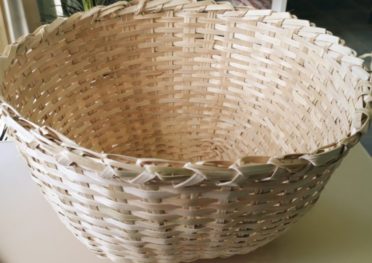
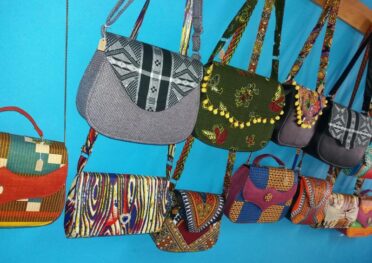
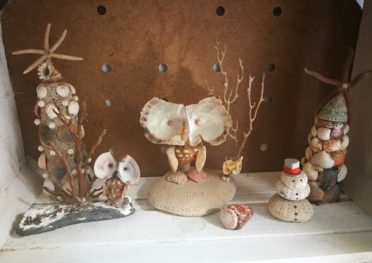
In S. Vicente he produces stringed instruments (guitars, guitars, fiddles, violins), fabric paintings, coral and shell jewellery, stone objects and glass pottery.
Santo Antão is famous for its liquors, grog (produced in several ancient mills), pontche (a mixture of grog and sugar cane) and basketry.
In Boavista, huge straw hats and baskets of palm leaves, as well as utilitarian and decorative pieces in terracotta, are the main handicrafts.
Fogo, which lives in the shadow of the volcano, carves decorative pieces of porous lava stone and produces wine from grapes grown in the lava itself, minicom, as well as liqueurs, fruit compote (apple, quince …) and cultivated in the soil lava and goat’s cheese.
Brava is the island of embroidery (embroidery). Cape Verdean Craft needs to be regulated more rigorously, so that the buyer can be sure to buy an original product, not an imitation produced, for example, in Senegal or in other African countries.
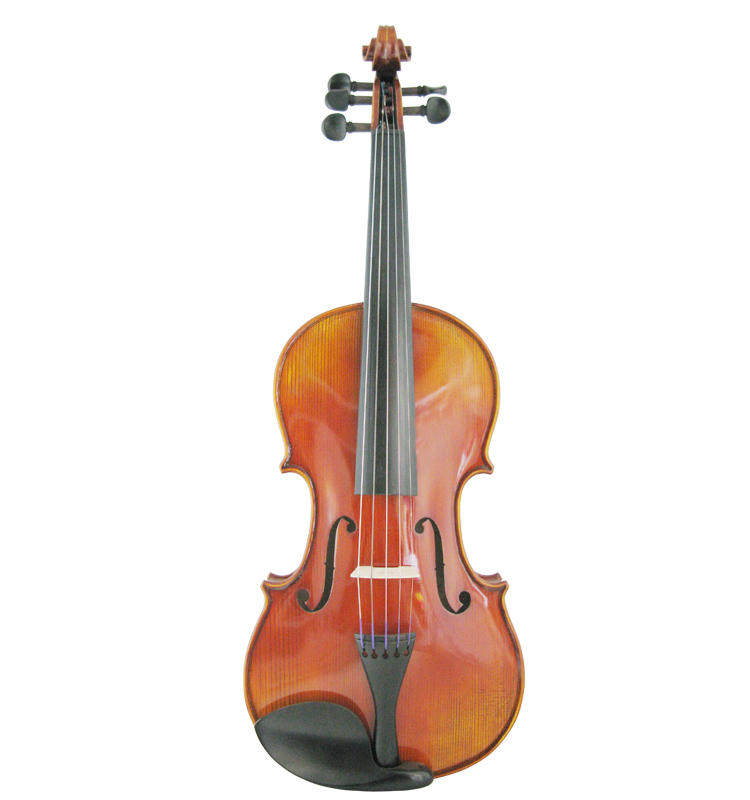



The rudimentary costume lies in the history of mankind when the nomadic tribes are beginning to become sedentary and devote themselves to agriculture, that is, about 3000 years before our era. What is the meaning of this outfit? Besides the main task of protecting against bad weather, it serves to associate the individual with the group to which he belongs. Fancy has a social function. In rural societies, there were work clothes and Sunday dress, which was worn even on festive days. People costumes change depending on the climate and the materials available. Today, with globalization, in industrialized countries, especially in urban centres, there is a trend towards homologation in the form of dress. In Cape Verde, since the 16th century, with the introduction of cotton cultivation, the production of cotton cloths was born. Until the mid-20th century, especially in the interior of the island of Santiago and Fogo Island, wore the traditional outfit, consisting of a dark cloth skirt, a shirt with suspenders that you wore an open shirt on the front with flounced sleeves.
Tied to the hips or shoulder, the women wore a “work cloth” with characteristic geometric designs. The cloth, or woven cloth, is the textile name given to a Cape Verdean cotton cloth consisting of bands of approximately 15 cm, called teated, hand-woven on small and rudimentary looms, with geometric patterns normally to 2 colours, white and indigo blue, produced in Cape Verde from the 16th century until the end of the 19th century. These bands were sewn together forming “cloths” (clothing or fabrics), to different degrees, then used as women’s clothing (cloth for clothing), such as (bamboo cloth lambu or baby carrier). The name “cloth” derives from the difficulty of carrying out this work. “Obrado” means “complicated”, the result of much work. The specificity of “cloth” compared to other fabrics produced in the same period on the African coast is the richness and complexity of elaborate designs and fabric perfection.
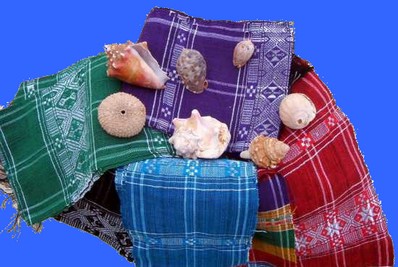
Thanks to the quality of the fabric, the complexity and originality of its reasons, “cloths” had in the past played an important role, becoming commercial currency (barafula) in commercial transactions with the African coast, giving rise to certain prosperity of the islands. In the interior of the island of Santiago, some weavers still produce the so-called “cloth of earth” as local handicrafts. Fashion packs added some details to the cloth.
visual arts
Painting is undoubtedly the most dynamic of the arts in Cape Verde. Particularly noteworthy is the figure of Kiki Lima, with a very characteristic production, full of colour and movement; his many paintings are ubiquitous: evidence of their adoption for painting. But there are others, like Abraham Vicente, the brothers Levy Lima, Figueira, Mito, Nisa who also enrich the gallery of Cape Verdean painting. There are also some distinguished sculptors, such as Lopes Lion, Lurdes Vieira (ceramist), Albert Silva (pieces) and others. Hèlder Paz Monteiro, César Schofield Cardoso, Paulo Cabral, are some of the artists who have distinguished themselves in the field of photography. The Painting on fabric produced works with creole characteristics well-marked, especially in S. Vicente, with the hand of artists, including Bela Duarte and Manuel Figueira.



